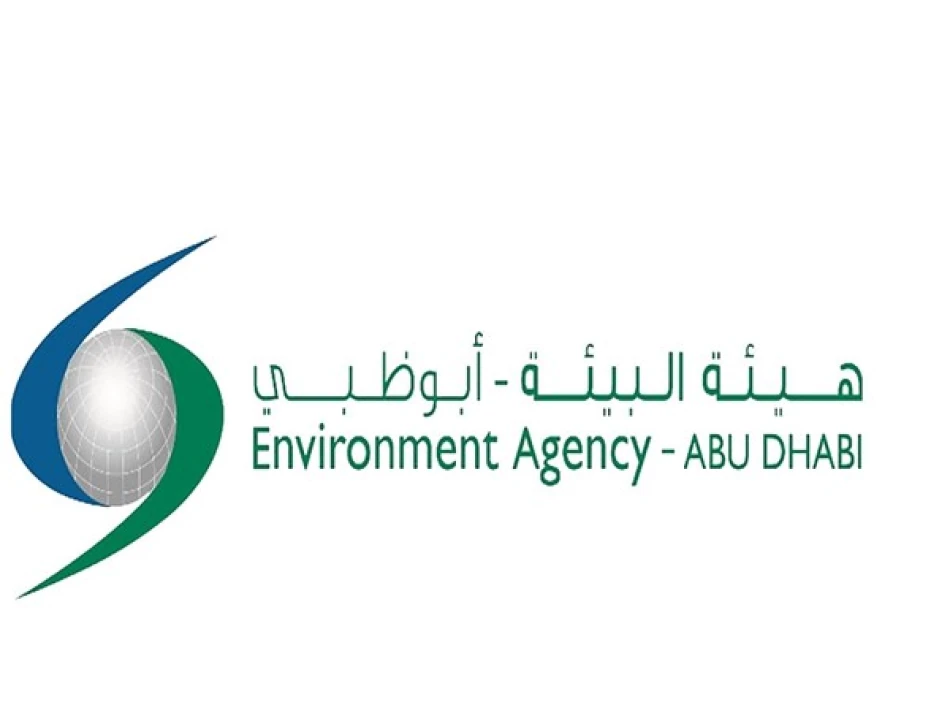
Abu Dhabi Unveils Groundbreaking Climate Adaptation Plan for Environmental Sector
Abu Dhabi Launches Groundbreaking Climate Adaptation Blueprint That Could Reshape Gulf Environmental Strategy
Abu Dhabi has unveiled the region's most comprehensive climate adaptation framework for environmental protection, setting a new benchmark for Gulf states grappling with accelerating climate impacts. The emirate's 25-year roadmap, targeting critical ecosystems through 2050, represents a strategic shift from reactive climate policies to proactive resilience planning that could influence regional environmental governance across the Middle East.
A Science-Driven Response to Climate Urgency
The Abu Dhabi Environment Authority launched the "Abu Dhabi Climate Change Adaptation Plan for the Environment Sector (2025-2050)" as the emirate's first dedicated environmental climate adaptation strategy. This initiative emerges from Abu Dhabi's broader Climate Change Strategy 2023-2027 and aligns with the UAE's National Climate Change Plan 2017-2050, positioning the emirate at the forefront of regional climate action.
The timing is strategic. Following COP28's establishment of the Global Climate Adaptation Framework, Abu Dhabi is translating international commitments into concrete local action. Dr. Sheikha Salem Al Dhaheri, Secretary General of Abu Dhabi Environment Authority, emphasized that the plan moves beyond forecasting to implementing decisive measures for protecting the emirate's natural heritage.
Targeting Critical Environmental Vulnerabilities
Focus on Water, Soil, and Biodiversity
The plan prioritizes three interconnected environmental pillars: groundwater systems, soil health, and biodiversity conservation. This approach reflects the harsh reality facing Gulf states, where water scarcity and ecosystem degradation pose existential threats to long-term sustainability and food security.
Through comprehensive risk assessments, the strategy identifies climate-related threats and outlines 142 adaptation measures for implementation by 2050. More immediately, 86 specific projects will launch over the next five years, combining technological solutions with nature-based approaches and institutional reforms.
Multi-Stakeholder Development Process
The plan's development involved over 40 governmental, semi-governmental, academic, and civil society organizations, including youth representatives. This collaborative approach ensures broader buy-in and practical implementation across diverse sectors, addressing a common weakness in top-down environmental policies.
Regional and Global Implications
Setting New Standards for Gulf Climate Action
Abu Dhabi's comprehensive approach contrasts with more fragmented climate responses elsewhere in the region. While Saudi Arabia focuses heavily on renewable energy transitions and Qatar emphasizes infrastructure resilience, Abu Dhabi's ecosystem-centered strategy offers a template for integrated environmental protection that other Gulf states may adopt.
Sheikha Al Mazrouei, Executive Director of Integrated Environmental Policy and Planning, noted that the plan establishes "a new standard for environmental resilience in the region," suggesting Abu Dhabi's intention to lead by example in climate adaptation planning.
Economic and Investment Perspectives
For investors and businesses, this plan signals Abu Dhabi's commitment to long-term environmental stability, potentially reducing climate-related investment risks. The focus on water security and agricultural sustainability could attract green finance and create opportunities in environmental technology sectors, particularly for companies specializing in water management, soil restoration, and biodiversity conservation.
The plan's integration with national biodiversity strategies and international commitments also positions Abu Dhabi favorably for accessing climate finance mechanisms and carbon credit markets.
Implementation Strategy and Future Outlook
Dynamic Framework for Evolving Challenges
Unlike static policy documents, this plan incorporates built-in mechanisms for periodic review, stakeholder engagement, and integration of new scientific findings and climate projections. This adaptive management approach acknowledges the uncertainty inherent in climate projections while maintaining strategic direction.
The environmental plan forms one of four sectoral strategies within Abu Dhabi's broader adaptation framework, alongside energy, health, and infrastructure sectors. This comprehensive approach creates a unified resilience framework that addresses interconnected climate vulnerabilities across critical systems.
Measuring Success Beyond 2030
The plan's success will likely be measured through ecosystem health indicators, water security metrics, and biodiversity conservation outcomes. As climate impacts intensify over the coming decade, Abu Dhabi's proactive approach may prove more cost-effective than reactive measures, potentially saving billions in climate damage costs while preserving essential ecosystem services.
For the broader Gulf region, Abu Dhabi's comprehensive environmental adaptation strategy represents a maturation of climate policy from energy-focused initiatives to holistic ecosystem protection. As other emirates and Gulf states face similar environmental pressures, this blueprint may influence regional climate governance and international climate negotiations, reinforcing the UAE's position as a climate action leader in the Middle East.
 Layla Al Mansoori
Layla Al Mansoori







